Your cart is currently empty!
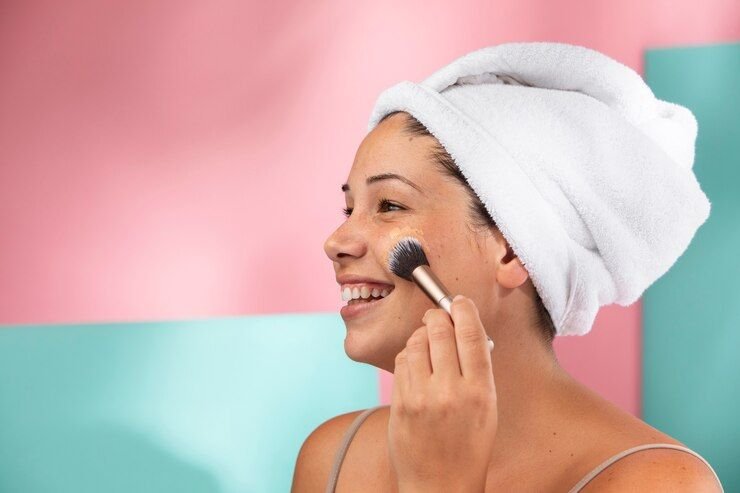
Step-by-Step Guide to Properly Cleanse and Remove Makeup

Table of Contents
Cleansing and makeup remover properly are essential steps in any skincare routine, as they help maintain skin health and prevent damage. When makeup is not removed effectively, it can lead to clogged pores, breakouts, dullness, and even premature aging. Additionally, certain makeup products, especially those with heavy formulas or long-wear properties, can be particularly challenging to remove, making proper cleansing techniques crucial. In this comprehensive guide, Piuny Cosmetics Describe the importance of cleansing and removing makeup, the potential damage it can cause to the skin, and the step-by-step process of doing it effectively.
Understanding the Importance of Cleansing and Makeup Removal
Proper cleansing and makeup removal are fundamental for maintaining healthy skin. Throughout the day, our skin is exposed to various environmental pollutants, dirt, bacteria, and makeup residues. If not removed thoroughly, these impurities can accumulate on the skin’s surface and within pores, leading to a host of issues such as:
- Clogged Pores: Makeup, along with excess oil and dirt, can clog pores, resulting in blackheads, whiteheads, and acne breakouts.
- Dull Complexion: Residual makeup can cause a buildup of dead skin cells, making the skin appear dull and lackluster.
- Skin Irritation and Sensitivity: Leaving makeup on overnight or not properly cleansing can lead to skin irritation, redness, and sensitivity.
- Premature Aging: Makeup residue can contribute to the breakdown of collagen and elastin, accelerating the aging process and causing fine lines and wrinkles to appear sooner.
- Uneven Skin Texture: Failure to remove makeup can lead to uneven skin texture and tone over time.
In light of these potential consequences, establishing a thorough cleansing and makeup removal routine is essential for maintaining healthy, radiant skin.
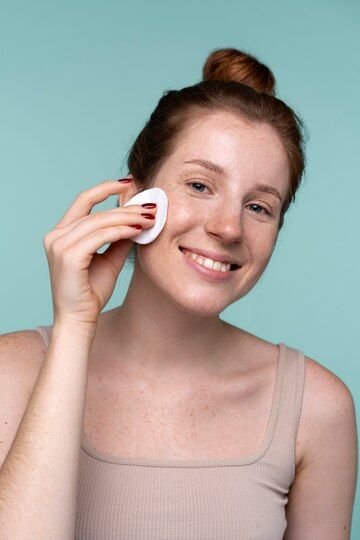
Potential Damage Caused by Improper Makeup Removal
Improper makeup removal can have detrimental effects on the skin’s health and appearance. Some of the common issues that may arise due to inadequate cleansing practices include:
- Acne Breakouts: Failure to remove makeup effectively can lead to the accumulation of debris, oil, and bacteria on the skin’s surface, resulting in acne breakouts.
- Skin Irritation and Allergies: Residual makeup can cause skin irritation, redness, itching, and allergic reactions, especially if the products contain harsh chemicals or fragrances.
- Dryness and Dehydration: Leaving makeup on overnight or using harsh cleansers can strip the skin of its natural oils, leading to dryness, tightness, and dehydration.
- Premature Aging: Makeup residues left on the skin can contribute to oxidative stress and inflammation, accelerating the aging process and causing wrinkles and fine lines to appear prematurely.
- Compromised Skin Barrier: Continuous exposure to makeup residues and inadequate cleansing can weaken the skin’s protective barrier, making it more susceptible to environmental aggressors and moisture loss.
By understanding the potential damage caused by improper makeup removal, individuals can take proactive steps to adopt effective cleansing practices and protect their skin from harm.
Step-by-Step Guide to Properly Cleanse and Remove Makeup
To ensure thorough cleansing and makeup removal without causing damage to the skin, follow these step-by-step instructions:
Step 1: Choose the Right Cleanser
Selecting the appropriate cleanser is the first and most crucial step in any skincare routine. When selecting a cleanser, take into account your skin type and issues. For example:
- Dry or sensitive skin: Opt for a gentle, hydrating cleanser that won’t strip away moisture.
- Oily or acne-prone skin: Choose a foaming or gel-based cleanser with ingredients like salicylic acid or tea tree oil to help control oil production and prevent breakouts.
- Combination skin: Look for a mild cleanser that can effectively remove impurities without overly drying out the skin.
Avoid cleansers containing harsh sulfates, alcohol, or fragrances, as they can irritate the skin and disrupt its natural balance.

Step 2: Remove Eye Makeup
Eye makeup, especially waterproof mascara and eyeliner, can be challenging to remove. To effectively cleanse the delicate eye area:
- Use a gentle eye makeup remover: Apply a small amount of eye makeup remover to a cotton pad and gently press it onto closed eyelids.
- Let it sit for a few seconds: Allowing the makeup remover to dissolve the makeup will make it easier to remove without tugging on the delicate skin around the eyes.
- Swipe away gently: Using gentle downward strokes, wipe away the eye makeup, taking care not to rub or pull on the skin.
Avoid using harsh rubbing or pulling motions, as this can cause damage to the delicate skin around the eyes and lead to premature aging.
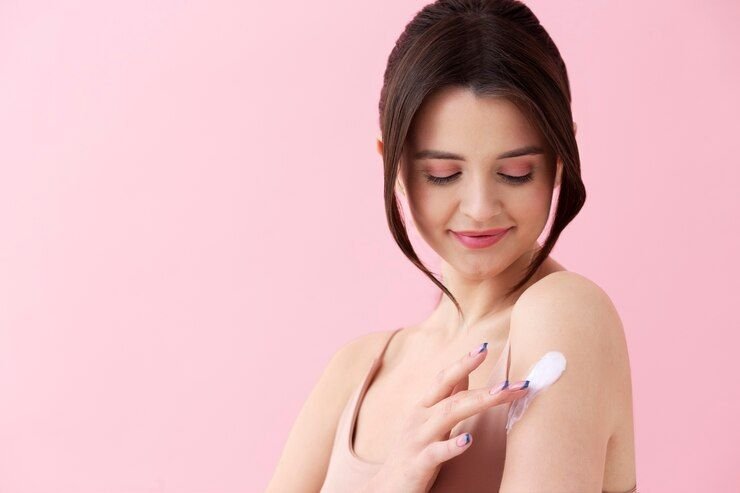
Step 3: Cleanse the Face
Once the eye makeup has been removed, it’s time to cleanse the rest of the face:
- Wet your face: Before using the cleanser, mist your face with lukewarm water to moisten the skin.
- Dispense the cleanser: Squeeze a small amount of cleanser onto your fingertips and lather it between your palms.
- Massage onto the skin: Gently massage the cleanser onto your face using circular motions, paying attention to areas with makeup buildup or congestion.
- Rinse thoroughly: After cleansing, splash your face with water to remove the cleanser completely. To ensure that no residue is left behind, make sure to rinse well.
Take your time with this step, ensuring that you cover all areas of the face and neck to remove makeup, dirt, and impurities effectively.
Step 4: Double Cleanse (Optional)
For individuals wearing heavy or long-wear makeup, a double cleansing method can be particularly effective in ensuring thorough makeup remover:
- Oil-based cleanser: Start with an oil-based cleanser to break down and dissolve makeup, sunscreen, and excess oil on the skin’s surface. Massage the oil cleanser onto dry skin, then emulsify it with water to rinse away.
- Follow with a water-based cleanser: After using an oil-based cleanser, follow up with a water-based cleanser to remove any remaining impurities and residue. This second cleanse helps ensure that the skin is thoroughly clean without stripping away moisture.
Double cleansing can be especially beneficial for individuals with oily or acne-prone skin, as it helps prevent clogged pores and breakouts.
Step 5: Pat Dry and Tone
After cleansing, gently pat your skin dry with a clean towel. Avoid rubbing or scrubbing, as this can cause irritation and damage to the skin. Once the skin is dry, follow up with a toner to re balance the skin’s pH levels and remove any remaining traces of makeup or cleanser.
Step 6: Moisturize and Apply Skincare Products
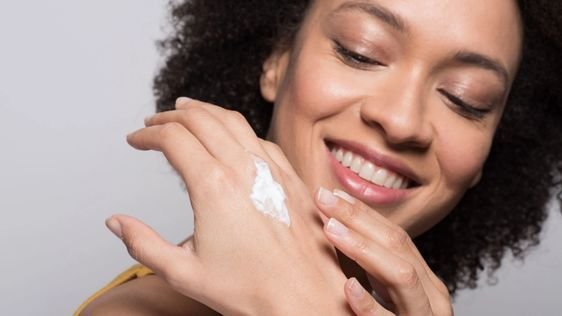
After cleansing and toning, apply your favorite moisturizer and skincare products to nourish and protect the skin. Choose products formulated with hydrating and soothing ingredients to replenish moisture and support skin health.
Additional Tips for Effective Makeup Remover
- Use a Makeup Removing Cloth or Pad: Consider using a reusable makeup removing cloth or pad in conjunction with your cleanser to help lift away makeup and impurities more effectively.
- Be Gentle: Avoid harsh rubbing or scrubbing when cleansing the skin, as this can cause irritation and damage. Instead, use gentle, circular motions to massage the cleanser into the skin.
- paying attention: to the neck and jawline is crucial during the makeup removal process. These areas are often overlooked but can accumulate makeup residue and dirt, leading to clogged pores and potential skin issues.
Importance of Paying Attention to the Neck and Jawline:
- Prevents Breakouts: Makeup and skincare products can transfer from your face to your neck and jawline, potentially clogging pores and causing breakouts.
- Maintains Consistency: Achieving a seamless transition from your face to your neck ensures a more natural and uniform appearance, especially if you’re wearing foundation or bronzer.
- Prevents Premature Aging: Neglecting the neck and jawline during makeup removal can lead to the buildup of makeup residues, contributing to premature aging signs such as fine lines and wrinkles.
How to Properly Cleanse the Neck and Jawline:
- Extend Cleansing Beyond the Face: When applying your chosen makeup remover or cleanser, make sure to extend it down to your neck and jawline. Use gentle, upward motions to massage the product into the skin.
- Use a Separate Cotton Pad: To ensure thorough cleansing, use a separate cotton pad or cloth for the neck and jawline. This prevents transferring makeup and impurities from the face back onto these areas.
- Rinse Thoroughly: After cleansing, rinse your neck and jawline with lukewarm water to remove any remaining product. Pat dry with a soft towel to avoid irritation.
- Apply Skincare Products: Once cleansed, don’t forget to apply your regular skincare products, such as moisturizer and sunscreen, to your neck and jawline. This helps maintain hydration and protection for these often-neglected areas.

conclusion
mastering the art of proper cleansing and makeup remover is essential for maintaining healthy, radiant skin. By following a step-by-step guide and employing gentle yet effective techniques, you can ensure that your skin remains free from impurities, makeup residues, and potential damage.
Starting with clean hands and choosing the right makeup remover for your skin type sets the foundation for a successful cleansing routine. Focusing on the eyes and using gentle motions during makeup remover helps prevent irritation and damage to the delicate skin around this area. Double cleansing, especially for heavy makeup wearers, ensures thorough removal of all traces of makeup and impurities, while being gentle is key to preserving the skin’s integrity.
Rinsing thoroughly, hydrating, and moisturizing afterward replenish moisture and nourish the skin, promoting a healthy complexion. Incorporating exfoliation wisely and making makeup removal a nightly habit further enhances skin health and radiance.
Remember, beauty goes beyond the surface—it’s about nurturing your skin and embracing a skincare routine that prioritizes its health and well-being. With the right knowledge and techniques, you can achieve beauty that radiates from within.

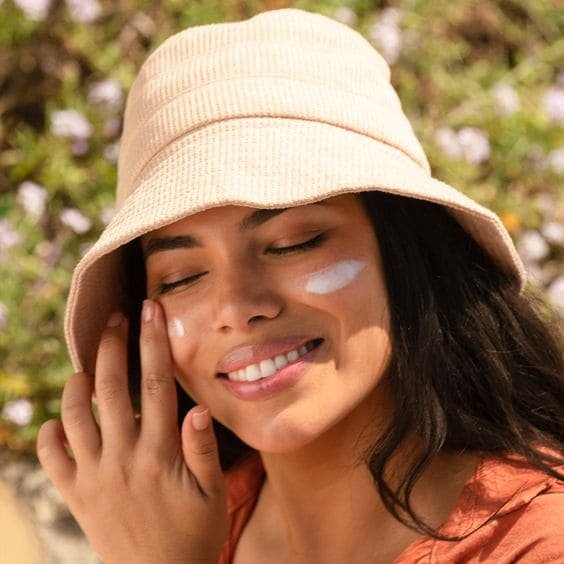
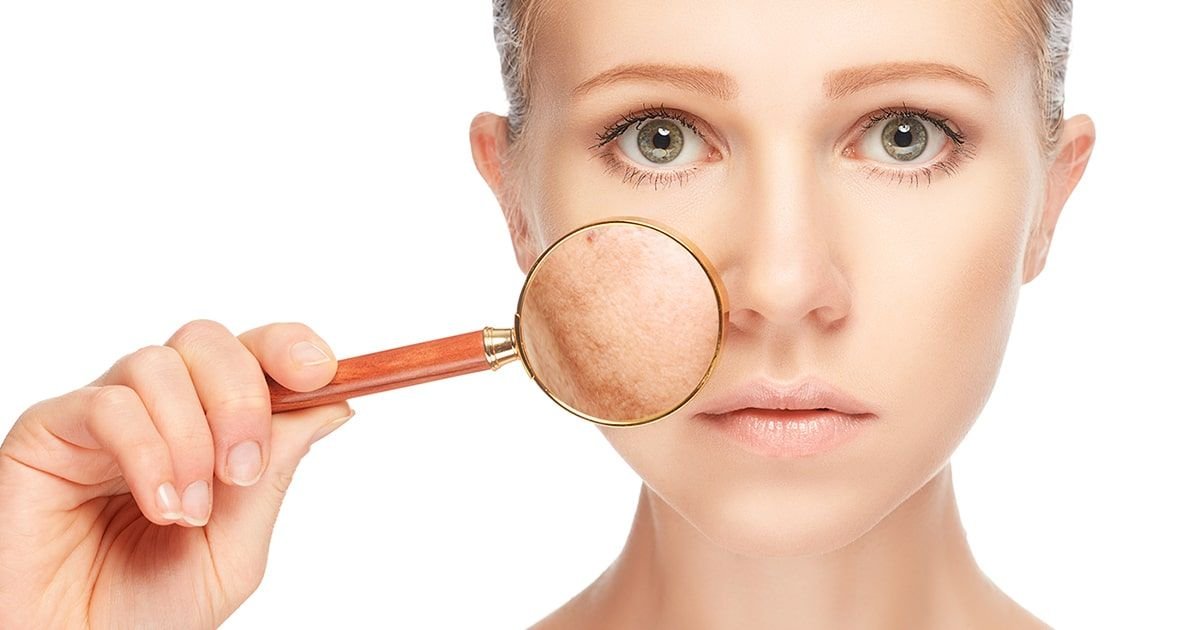
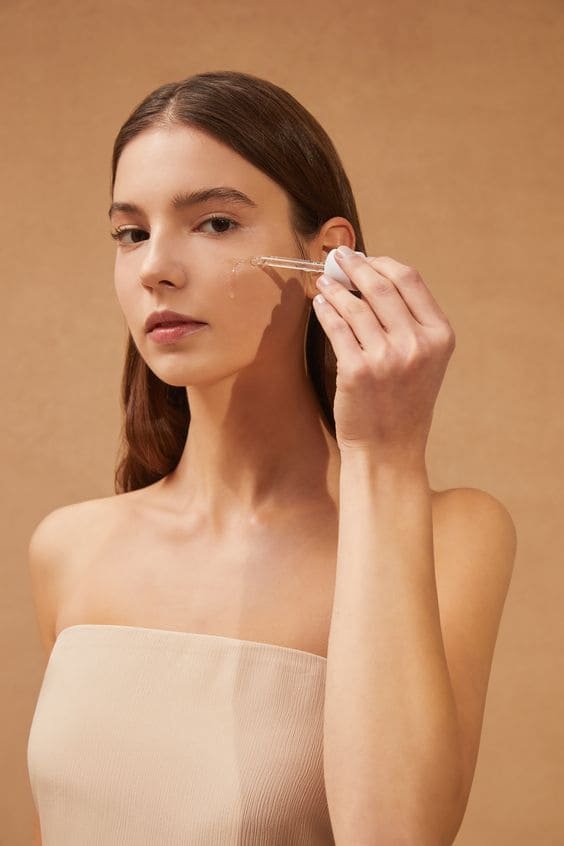
Leave a Reply